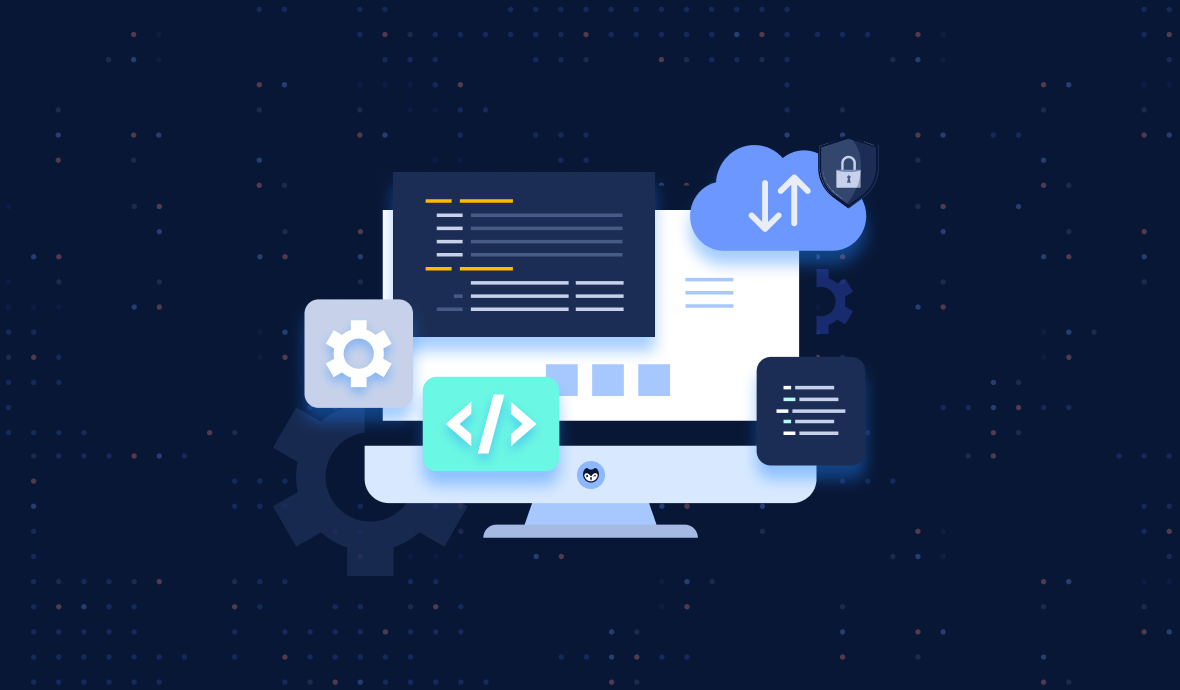In today's fast-paced technology landscape, companies are continuously seeking methods to streamline development processes, improve time-to-market, and foster environments where innovation can thrive. One transformative approach that has been gaining momentum is platform engineering—a discipline dedicated to creating robust internal platforms that empower development teams and drive accelerated innovation.
What Is Platform Engineering?
Platform engineering is the strategic practice of designing, building, and maintaining integrated environments where development teams can efficiently build and deploy their applications. Unlike traditional IT approaches where teams repeatedly build and customize infrastructure components, platform engineering provides a standardized, self-service framework that encapsulates best practices, automation, and scalable architectures.
Key aspects include:
-
Standardization: By codifying infrastructure, security, and operational best practices into a platform, organizations create a consistent development experience that reduces the likelihood of errors.
-
Automation: Leveraging tools for continuous integration (CI) and continuous delivery (CD) automates repetitive tasks such as testing, deployment, and monitoring. This enables developers to focus on innovation rather than maintenance.
-
Self-service Capabilities: Empowering developers with self-service tools and resources allows teams to quickly spin up environments, access necessary services, and experiment without waiting on external intervention.
Accelerating Innovation
Reduced Development Overhead
The primary advantage of platform engineering is that it reduces the overhead associated with environment setup and infrastructure management. Developers no longer need to wrestle with complex systems or spend excessive amounts of time on configuration tasks. This leads to:
-
Faster Onboarding: New team members can integrate more quickly when they can rely on established platforms that abstract much of the underlying complexity.
-
Rapid Prototyping: With readily available self-service infrastructure, developers can prototype, test, and iterate faster, leading to quicker validation of ideas and features.
Consistency and Reliability
Standardization means that best practices are embedded across all stages of the development lifecycle. This leads to:
-
Higher Quality Code: When teams build atop a stable and reusable foundation, there's less room for errors that arise from ad-hoc configurations.
-
Consistent Environments: Deployment environments remain consistent from development to production, reducing friction and the classic “it worked on my machine” syndrome.
-
Enhanced Security: Centralized governance and security policies reduce vulnerabilities by ensuring consistent application of protective measures.
Enabling Innovation Culture
By removing many of the tedious tasks traditionally associated with software development, platform engineering fosters a culture where experimentation is encouraged. Development teams are empowered to:
-
Focus on Core Competencies: When infrastructure is managed through a unified platform, developers can dedicate more time to building innovative features rather than reinventing the wheel.
-
Experiment Without Fear: A stable platform allows teams to prototype freely. Failures can be quickly contained and learned from, accelerating the cycle of experimentation and learning.
Empowering Development Teams
Ownership and Autonomy
One of the most significant outcomes of platform engineering is that it allows development teams to own their workflows. Empowered teams have the freedom and flexibility to:
-
Deploy Independently: With built-in CI/CD pipelines and infrastructure as code, teams can deploy and iterate on features with minimal dependency on centralized IT.
-
Customize When Necessary: While standardization is a core benefit, many internal platforms are designed with flexibility in mind, allowing teams to make adjustments or additions that fit their unique needs.
-
Focus on Business Value: By offloading routine infrastructure tasks, developers can turn their full attention to creating value-driven features that directly impact business outcomes.
Collaboration Between Teams
Platform engineering cultivates an environment where shared tools and common practices become the norm. This improves collaboration by:
-
Breaking Down Silos: A unified platform serves as a common language between development, operations, and security teams, facilitating better communication and coordination.
-
Knowledge Sharing: With standardized systems, lessons learned and best practices can be disseminated more easily across the organization, leading to overall improvements in efficiency and quality.
-
Rapid Feedback Loops: Automated monitoring and logging integrated within the platform provide real-time feedback, fostering a culture of continuous improvement and agile responses to issues.
Overcoming Challenges and Ensuring Success
While the benefits of platform engineering are compelling, organizations should be mindful of potential challenges and plan accordingly:
-
Cultural Shift: Transitioning to a platform engineering mindset requires a shift in culture. It is essential to promote collaboration and transparency across departments.
-
Initial Investment: Building a robust internal platform often involves upfront investment—both in terms of technology and training—to ensure that teams are fully equipped to transition smoothly.
-
Evolving Needs: As technology and business requirements change, so must the platform. Maintaining flexibility and preparing for iterative evolution is key to long-term success.
Organizations that successfully navigate these challenges will find that platform engineering not only accelerates innovation but also creates a sustainable ecosystem where development teams are empowered to deliver greater value consistently.
Looking Forward
As businesses continue to navigate an increasingly competitive landscape, platform engineering stands out as a crucial strategy for accelerating innovation. Empowered by robust platforms, development teams can focus on what they do best: creating transformative digital experiences that drive growth and contribute to long-term success.
By embracing this modern approach to infrastructure and development, organizations position themselves at the forefront of technological innovation—ready to meet the challenges of today and tomorrow with agility and confidence.
In a world where speed and efficiency are the hallmarks of success, platform engineering is not just a technical solution; it is a strategic imperative that drives a culture of innovation, collaboration, and excellence.

